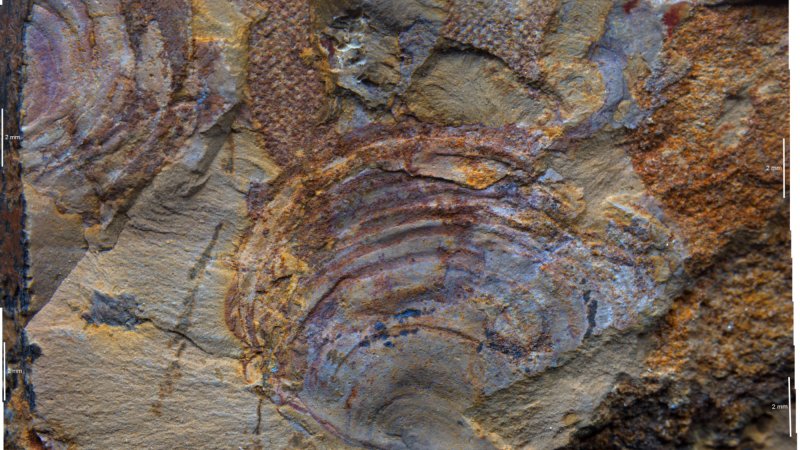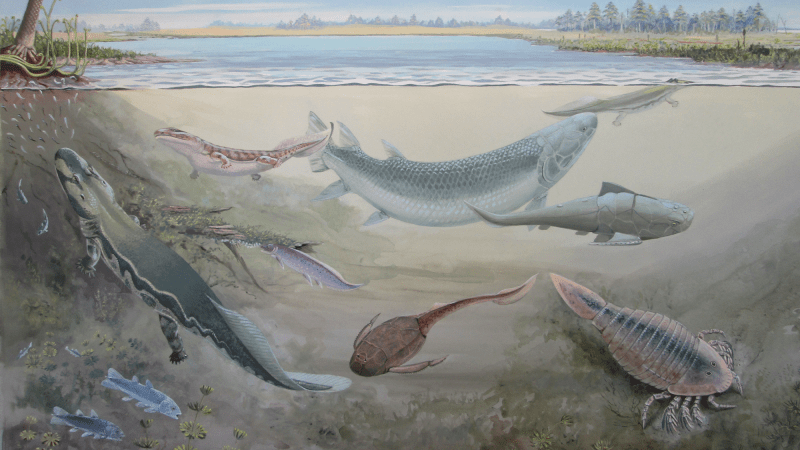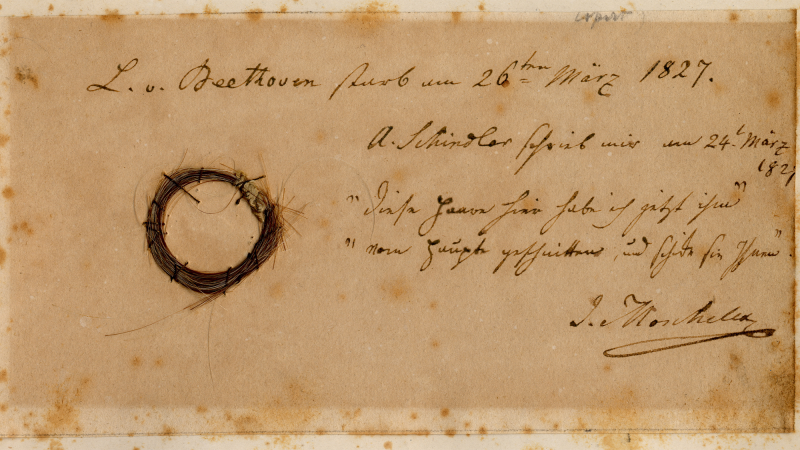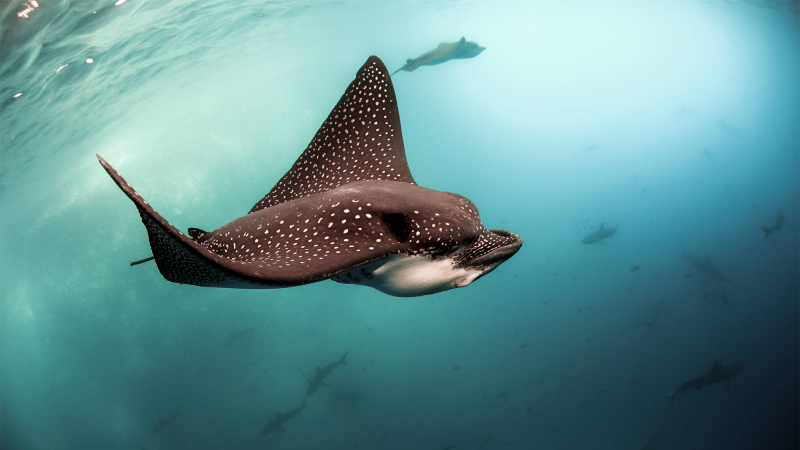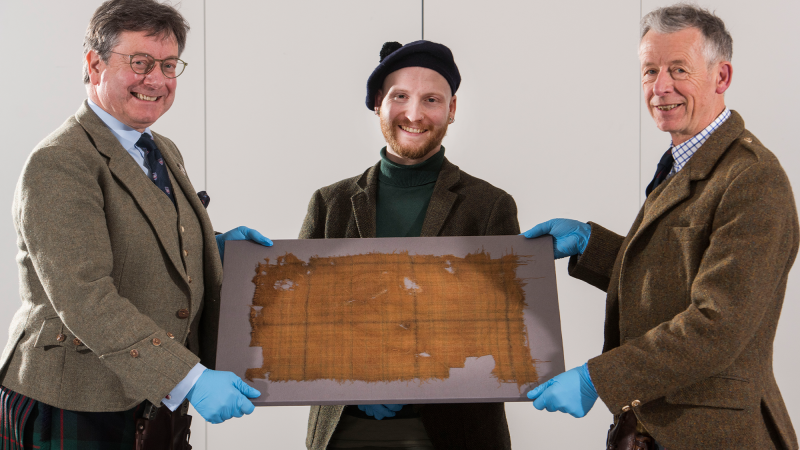

There are some places in the world that are just magnets for dinosaurs—Utah’s Cedar Mountain Formation, the fossil beds of Liaoning, China, Alberta’s Dinosaur Provincial Park. In the UK, one such hot spot is the Isle of Wight, a 148 square mile island now known as a popular summer holiday spot. Nevertheless, the tiny island is home to numerous dinosaur discoveries, including Europe’s largest prehistoric predator and a tyrannosaurid that lived 60 million years before the iconic Tyrannosaurus rex.
[Related: Celebrate 30 years of Jurassic Park with these recent dinosaur discoveries.]
However, there’s always something new to discover, even on an island just slightly larger than the city of Atlanta. This time, scientists have uncovered the island’s second armored dinosaur in the Wessex formation which dates back to the earliest years of the Cretaceous. The newly named Vectipelta barretti was described in a study published in the Journal of Systematic Palaeontology on June 15.
The finding, which utilized fossils that were first uncovered in the 1980s, is particularly important because it reopens the book on the development of ankylosaur dinosaurs in the region. Previously, only one ankylosaur, the Polacanthus foxii, had been found on the entire island. The Polacanthus foxii was first discovered in 1865, and up until now, the Vectipelta barretti had just been lumped in with those fossils.
“For virtually 142 years, all ankylosaur remains from the Isle of Wight have been assigned to Polacanthus foxii, a famous dinosaur from the island,” Stuart Pond, a researcher at London’s National History Museum department of earth sciences and lead author of the study, said in a statement. “Now all of those finds need to be revisited because we’ve described this new species.”
The newly described dinosaur has a very different pelvis and distinct neck and back vertebrae compared to the Polacanthus. Additionally, it features unique blade-like and recurved spikes along its back, Susie Maidment, a dinosaur researcher at the National History Museum, said in a statement. In fact, the differences, as well as phylogenetic analysis, lead the authors to believe that the Vectipelta’s closest kin may have hailed all the way from China.
“And when we put Vectipelta into a big evolutionary analysis to work out the relationship of all these different dinosaurs, we find that Polacanthus and Vectipelta are not actually very closely related,” Maidment said. “They are really quite far apart in terms of ankylosaur evolution, so it is really very clear that this is a different species.”
[Related: Feisty ankylosaurs clubbed each other with their tails.]
During the Early Cretaceus (about 145 to 100 million years ago) when the Vectipelta would’ve roamed free, the continent of Pangea was rifting apart and the climate was much warmer worldwide. Europe at this point was a series of islands, one of which including today’s southern England and the Isle of Wight. There was little or no ice at either of the poles, and sea levels were around 557 feet higher than they are today.
While Ankylosaurs were typically plant eaters, similarly to the much beloved Jurassic-era Stegosaurus, they still certainly weren’t to be messed with—those bony, spiky plates were built to fend off carnivorous predators.





